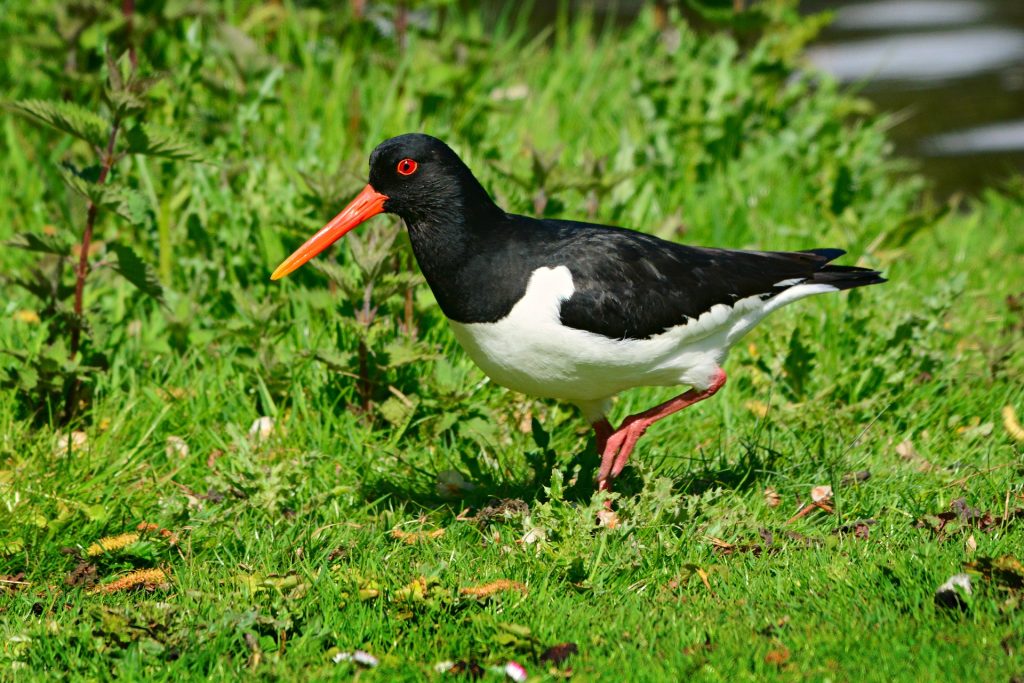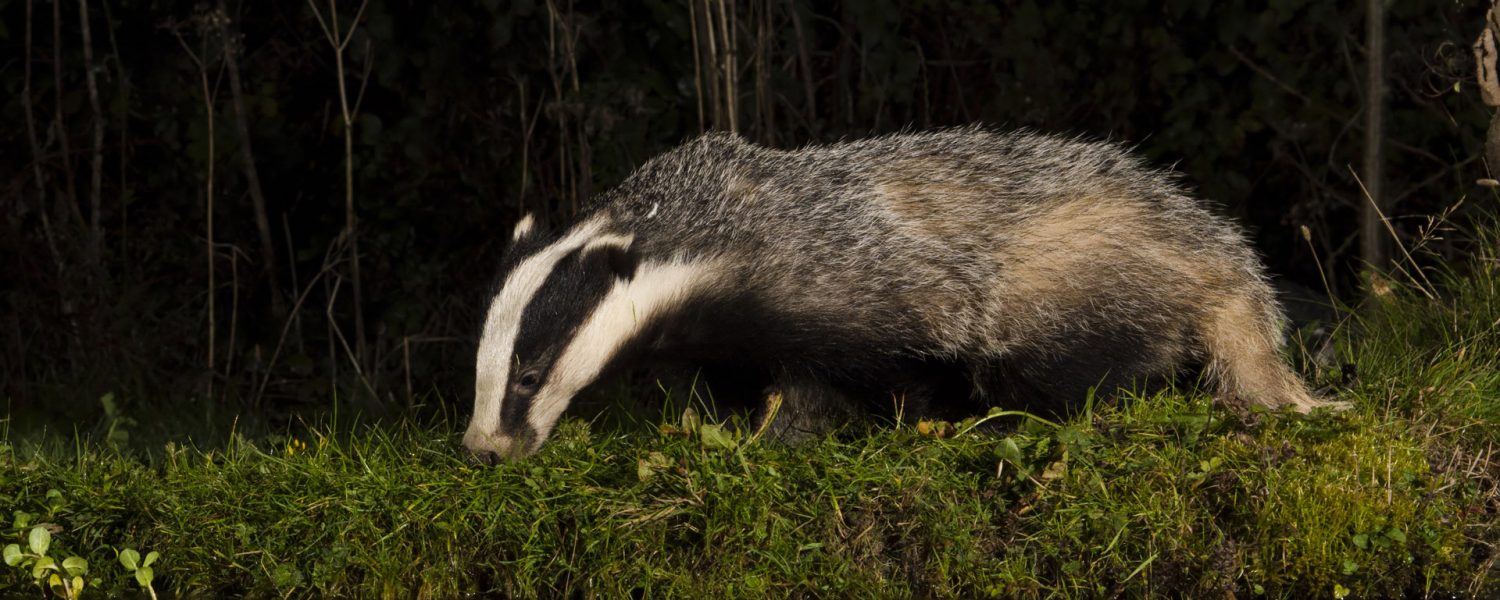Did the government forget about Biodiversity?
On Thursday 22 July, in Court no. 2 of the Royal Courts of Justice, London, the latest Judicial Review surrounding badger culling was heard: The Queen on the application of Thomas Langton vs The Secretary of State for the Environment, Food and Rural Affairs and Natural England: Case C0/2062/2020.

The hearing was held ‘in person’ but, due to covid-19 restrictions, with few attendees, and with the Honourable Mr Justice Griffiths presiding. Outside the Court, a number of badger-suited campaigners were drawing attention to the ongoing badger cull travesty of England, including stalwart Betty Badger with her friend Mary Barton, Chris Wood and members of the Herts and Middlesex Badger Group and others from Buckinghamshire. They were making the public aware of the hearing going on inside, giving out leaflets and polite explanations to passers-by, as well as getting a lot of social media attention. Sadly the court was closed to the public, but online coverage was available to limited number of viewers from both sides of the case.
The government had a number of lawyers and advisors present, with spoken representations made by barrister Hannif Mussa of Blackstone Chambers. Mr Langton had spoken representations by barrister Richard Turney from Landmark Chambers. The case before the court was less complex than the previous ecological impact cases brought in 2017 and 2018. In those, inadequate provisions by Natural England (NE) with respect to European Designated Sites and in respect of Section 28 of the Wildlife and Countryside Act 1981 protection of Sites of Scientific Interest (SSSI’s) had been successfully exposed. This had caused NE extensive work to remedy failings, having been found in breach of their statutory duty. This time, the case before the court was simply that there was no evidence at all that the Secretary of State had ‘had regard’ to conserving biodiversity, and specifically the species and habitats listed by and protected under the Natural Environment and Rural Communities Act 2006. SSSI’s might typically cover a small proportion of badger cull areas, but what about the wildlife interests on the other 80% or more of land? Where is the evidence of monitoring of and safeguard from changes to mammal populations and predatory influences, upon threatened and vulnerable species and habitats in the countryside?
NERC Section 40 and 41
Section 40 of the NERC Act places a duty to conserve biodiversity on public authorities in England. It requires local authorities and government departments to have regard to the purposes of conserving biodiversity and to do so, in a manner that is consistent with the exercise of their normal functions, such as policy and decision-making. ‘Conserving biodiversity’ may include enhancing, restoring, or protecting a population or a habitat. Section 41 requires the Secretary of State to publish and maintain lists of species and types of habitats which are regarded by NE to be of “principal importance” for the purposes of conserving biodiversity in England. These 56 priority habitats and 943 species are drawn from carefully considered lists of United Kingdom Biodiversity Action Plan Priority Species and Habitats and therefore take forward the UK’s response to its international commitments under the Convention on Biological Diversity (the Rio Treaty). The Section 41 lists are needed by decision-makers in local and regional authorities when carrying out their duties under Section 40 of the Act, and in addition to lists of species and habitats in other legislation. The case looked at whether they had been completely overlooked in respect of the potential impacts of badger culling and the ecosystem changes that may occur, or not?
Biodiversity Impact expert Dominic Woodfield had provided a witness statement to support Mr Langton’s statement on inadequate approaches by Defra, showing the court a comprehensive list of overlooked species and offering examples of the way in which disruption of ecological systems can bring about potential changes to NERCA species and habitats through change in predation type and extent and via vegetation change, for example in lowland calcareous grasslands.
Defra’s position was that (despite the lack of evidence) it had ‘had regard’, and that in any case NE considers such matters when issuing badger cull licences. Dr Eleanor Brown, a qualified vet who manages the Bovine TB policy for Defra and the Animal Plant and Health Agency, had made a witness statement mentioning a report on ecological consequences of badger culling, prepared by the Food and Environment Research Agency (FERA) in advance of badger culling in 2011, and that refers to the section 40 NERC Act duty. There were some references to legal necessities in the original 2011 badger culling policy, including those regarding the protection of European Designated Sites, but nothing specific on the NERCA species and habitats, with respect to licensing conditions.
The government also sought to claim that “Next Steps” was a policy where intensive and supplementary badger culling was being ‘phased out’ in favour of badger vaccination. But the fact is that intensive & supplementary culling was to continue for five or more years, and ‘epidemiological’ culling, a type of localised intensive (reactive) culling, along the lines of the Cumbria cull is being ‘phased-in’ to replace it. Further, any use of badger vaccination was conditional upon the results of yet more vaccination trials. More badgers are likely to be killed under the new policy than have already died.
The ‘withheld’ 2018 British Trust for Ornithology report
Dr Brown had also mentioned some research commissioned by NE from the British Trust of Ornithology in 2019 to compare bird recording records made by volunteers inside and around the edge of badger culling areas, before and after badger culling. The study had compared these with bird records from unculled areas. This had given rise to a published paper in 2021, but that was after the policy had been confirmed in March 2020. In the days leading up to the case however, the earlier report completed in 2018 by BTO for NE and used for the policy, was released.

Oystercatcher; now you see them, now you don’t ? One of a number of medium sized waders (such as redshank, snipe and lapwing) at risk from changing predation patterns, but only afforded protective consideration by conditions on culling licences, when nesting on protected sites.
Natural England, an interested party in the case, was not represented in court. However, a witness statement had been provided by Dr Matthew Heydon, who works on ‘Species Protection and Wildlife Management’ for Natural England. His statement opined that protected species and habitats should be considered on a ‘case by case’ basis, but that looking at the whole list of NERCA species was considered too much of a burden. A note that he helped to prepare at the start of badger culling referred to the Protection of Badgers Act 1992 and the Wildlife and Countryside Act 1981, but only to NERCA in the sense of it being the instrument by which NE could license badger culling for the Secretary of State. There was no mention of biodiversity duties. Natural England had drawn up some new advice “Guidance for the assessment of fox control practices around designated sites” dated April 2021, showing that NE agree that credible risks are present for which precautions are necessary.
How wide does the challenge reach and when might the ruling be?
The government put a lot of effort into saying the case only related to supplementary badger culling, but Mr Turney refuted this, pointing to the simple wording of the grounds of challenge. Any problem with the approach taken by Defra would ‘infect’ all forms of culling and not just supplementary badger culling, in any case.
The hearing had been expedited and the judge indicated that he would be making his decisions in due course. An exact date is not clear, but within six weeks seems likely and probably before the end of August.
Discover more from The Badger Crowd - standing up for badgers
Subscribe to get the latest posts sent to your email.

